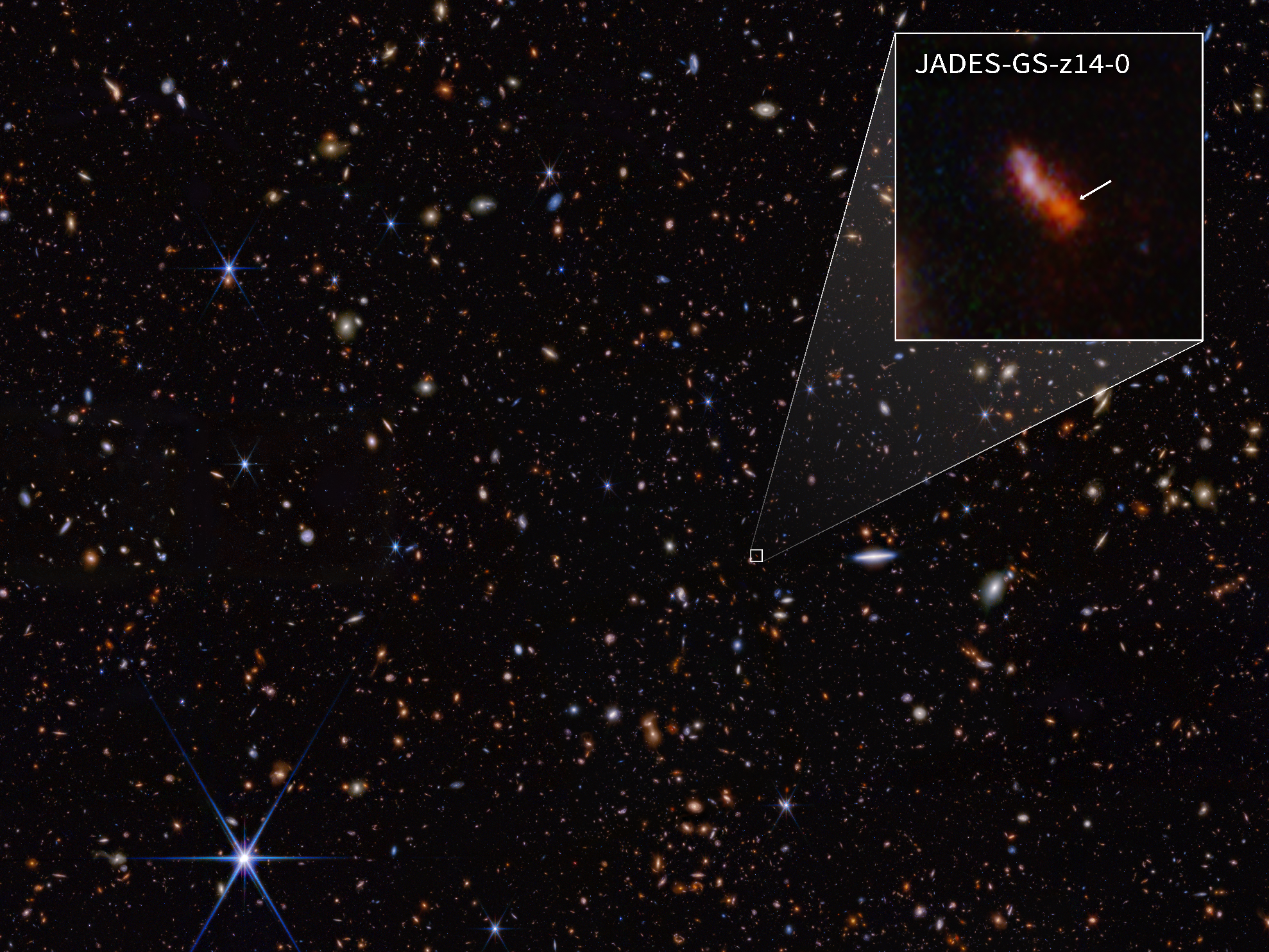Nasa finds the most distant galaxy in the known universe
Your support helps us to tell the story
From reproductive rights to climate change to Big Tech, The Independent is on the ground when the story is developing. Whether it's investigating the financials of Elon Musk's pro-Trump PAC or producing our latest documentary, 'The A Word', which shines a light on the American women fighting for reproductive rights, we know how important it is to parse out the facts from the messaging.
At such a critical moment in US history, we need reporters on the ground. Your donation allows us to keep sending journalists to speak to both sides of the story.
The Independent is trusted by Americans across the entire political spectrum. And unlike many other quality news outlets, we choose not to lock Americans out of our reporting and analysis with paywalls. We believe quality journalism should be available to everyone, paid for by those who can afford it.
Your support makes all the difference.Nasa’s James Webb Space Telescope has found the two most distant galaxies ever seen, the space agency has said.
The two galaxies are the earliest ever seen in the universe, dating back to when the cosmos was just 300 million years old. The record-holding furthest galaxy is not only remarkable for its distance but also for how big and bright it is, experts said – a surprising result that could better help us understand how the universe began.
The galaxy, known as JADES-GS-z14-0, appears to be astonishingly bright and 1,600 light-years across. It is so bright that it is thought to be several hundreds of millions of times the mass of our Sun – and researchers are not clear how such a “bright, massive and large galaxy” could have been made in less than 300 million years.

“The size of the galaxy clearly proves that most of the light is being produced by large numbers of young stars,” said Daniel Eisenstein, a Harvard professor and chair of the astronomy department, “rather than material falling onto a supermassive black hole in the galaxy’s center, which would appear much smaller.”
It suggests that even in its infancy the universe was rapidly creating large, massive galaxies, scientists said. “It is stunning that the Universe can make such a galaxy in only 300 million years,” said Stefano Carniani of the Scuola Normale Superiore in Pisa, a lead author on the paper describing the findings.
The galaxy is also “already hard at work creating the elements familiar to us on Earth,” said Zihao Wu, a coauthor on another paper on the research. Scientists were able to use the wavelengths of light it emitted to see that it is making hydrogen and oxygen atoms.
The discovery marks a milestone in the study of the early universe, researchers said. It required the new technology and capabilities of the Webb telescope since the light’s journey through the universe was stretched so as to be impossible to see without Nasa’s space telescope, known as JWST, they said.
Scientists hope that they will be able to find even more such distant galaxies – some of which may be even further away.
“This amazing object shows that galaxy formation in the early Universe is very rapid and intense,” said Ben Johnson, from Harvard. “And JWST will allow us to find more of these galaxies, perhaps when the universe was even younger. It is a marvelous opportunity to study how galaxies get started.”
Join our commenting forum
Join thought-provoking conversations, follow other Independent readers and see their replies
0Comments